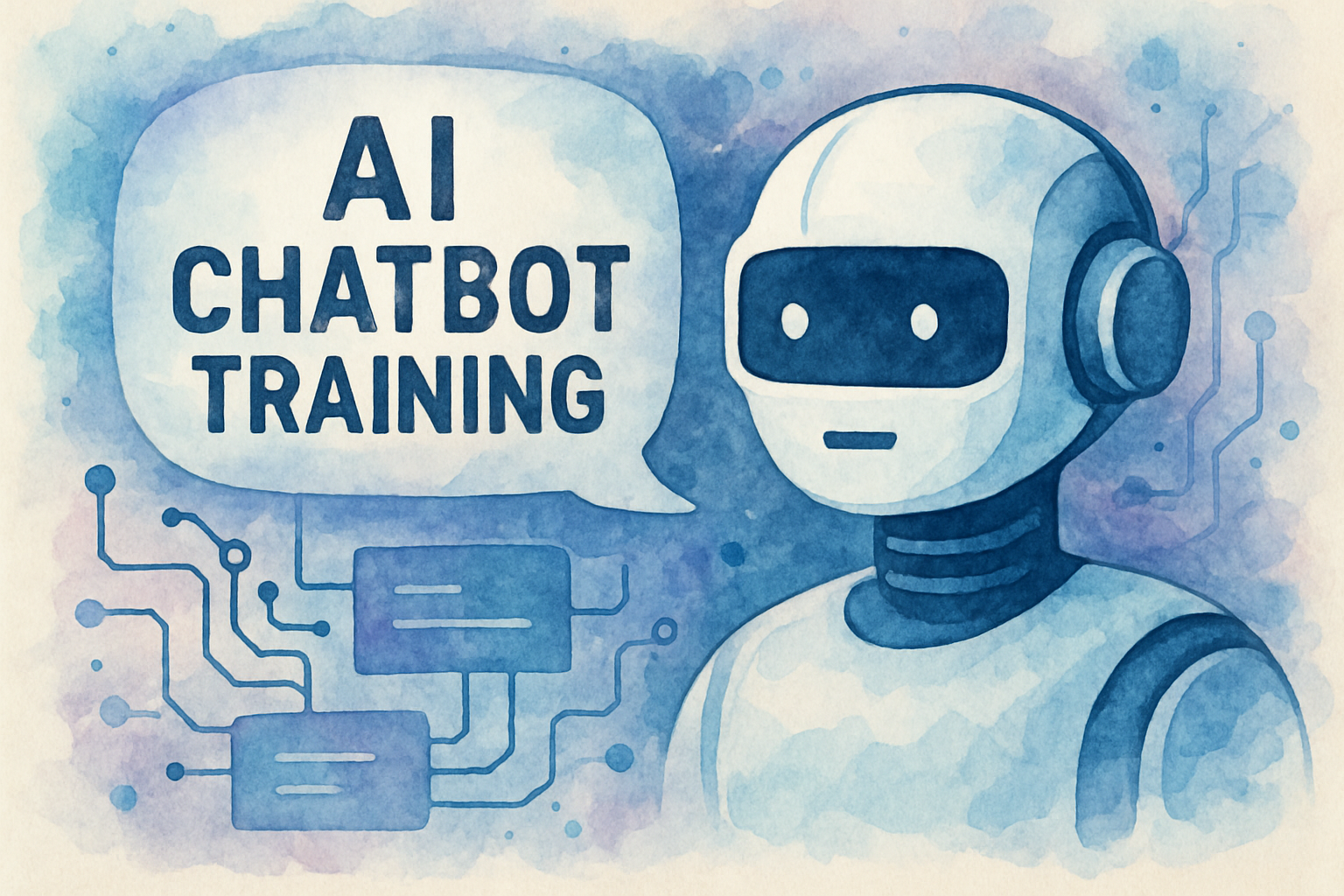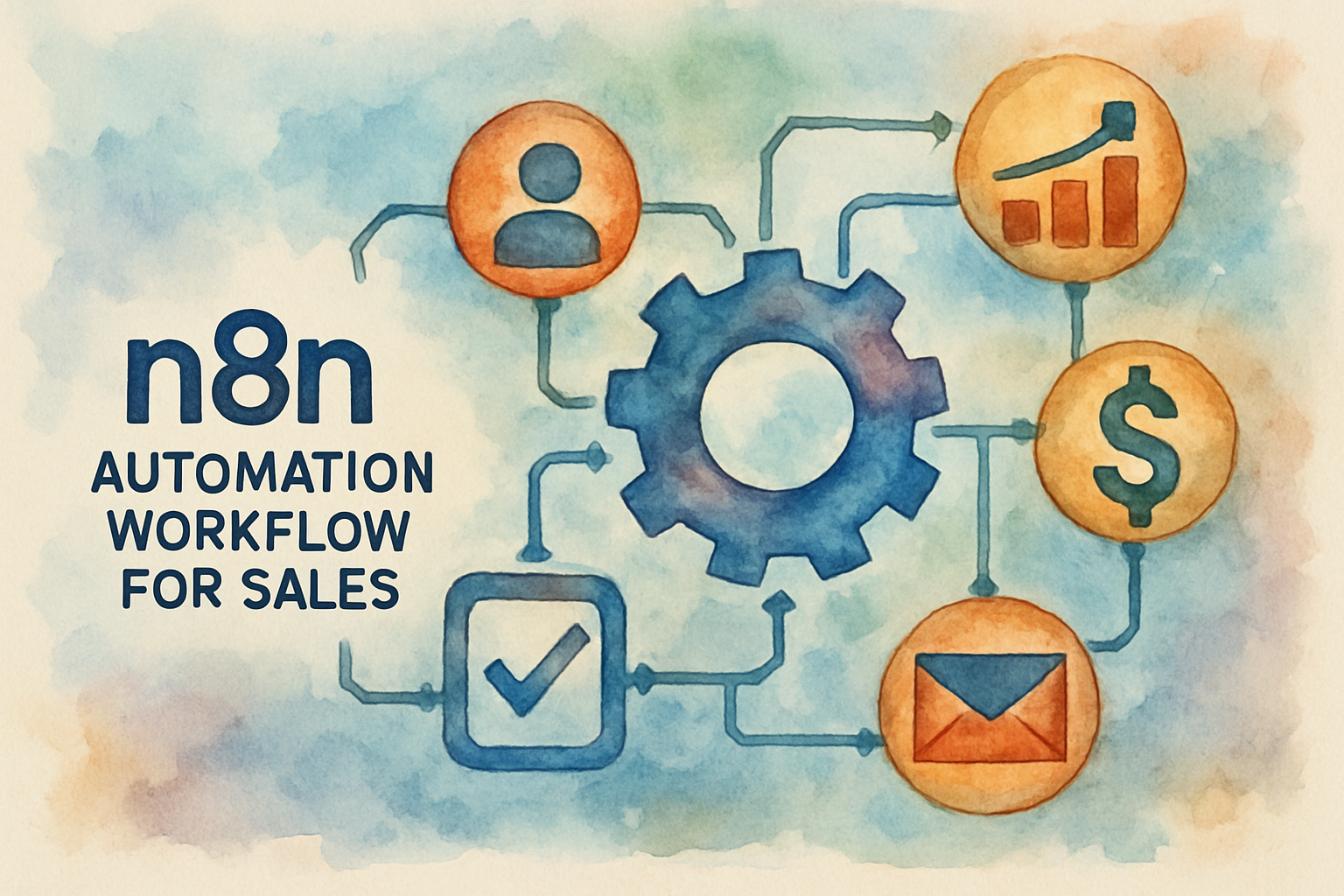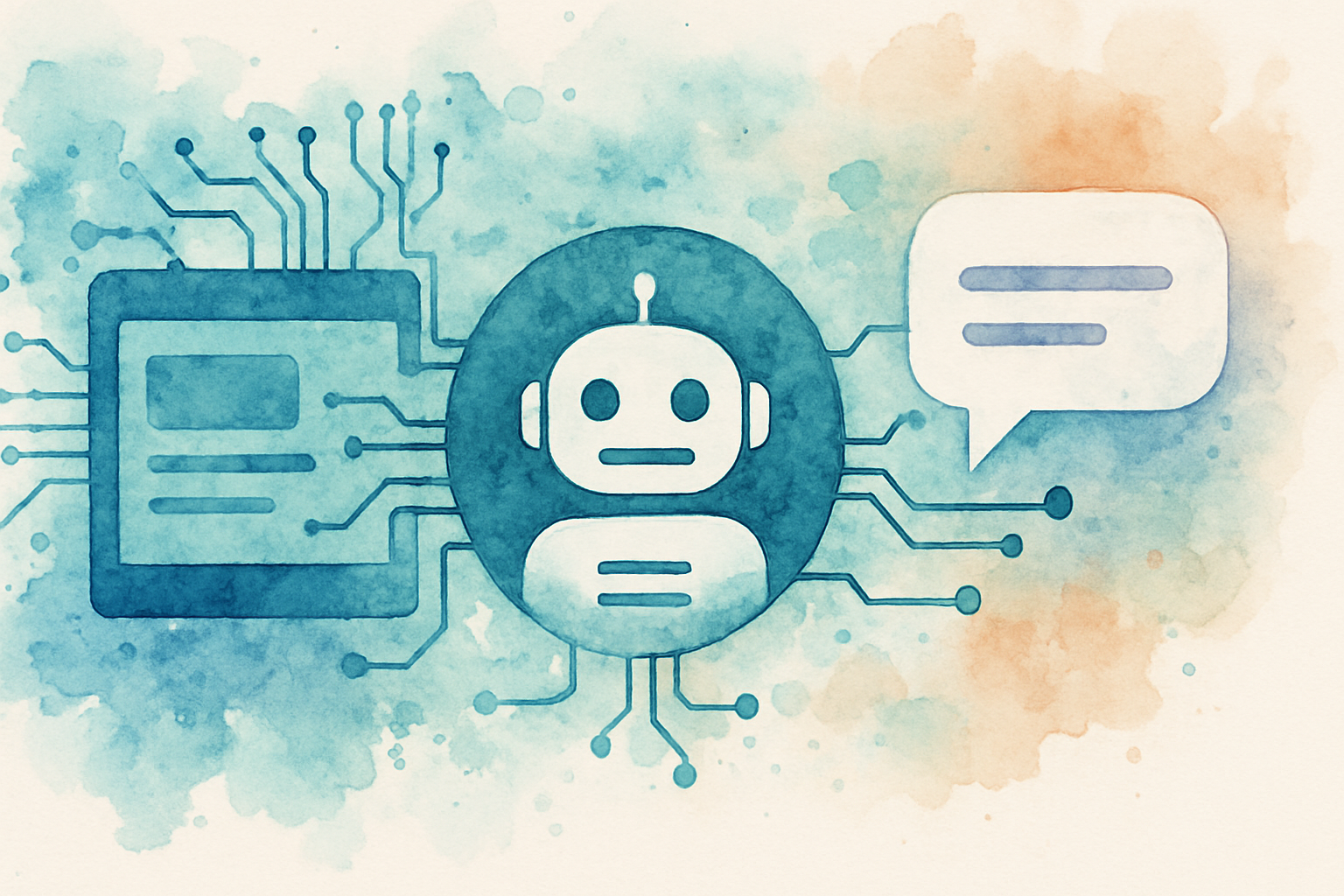AI Agent Workflow: 10X Your Business Efficiency with Intelligent Automation
Nowadays, intelligent automation networks don’t just execute tasks, but orchestrate entire business processes with human-like reasoning and adaptability. AI agent workflows are the new operating system for modern business. It go beyond simple automation by actively learning, adapting, and making decisions throughout multi-step workflows, creating seamless end-to-end business processes.
But what exactly are AI agent workflows, and how can they benefit your business? In this comprehensive guide, we’ll explore the transformative power of AI agents, delve into their key benefits, and provide you with practical strategies for implementing them in your organization. Whether you’re a small startup or a large enterprise, understanding and harnessing the potential of AI agent workflows could be the key to unlocking unprecedented levels of efficiency and success.
Let’s know more about how AI-powered agents can revolutionize your business workflow, propelling your company towards a more productive and prosperous future.
Understanding AI Agent Workflows: The Future of Business Automation
Before we explore the benefits and implementation strategies of AI agent workflows, it’s crucial to understand what they are and why they’re becoming increasingly important in the business world.
Defining AI Agent Workflows
An AI agent workflow refers to a series of tasks or processes that are automated and optimized using artificial intelligence. These intelligent agents are designed to perform specific functions, make decisions, and learn from their experiences, much like human employees—but with the added advantages of speed, accuracy, and tireless operation.
AI agents can be integrated into various aspects of your business workflow, from customer service and data analysis to inventory management and predictive maintenance. By leveraging machine learning algorithms and natural language processing, these agents can handle complex tasks, adapt to new situations, and even collaborate with human workers to achieve optimal results.
The Growing Importance of AI in Business
As businesses face increasing pressure to improve efficiency and reduce costs, AI agent workflows are becoming more than just a luxury—they’re a necessity. According to a recent study by McKinsey, AI technologies could potentially deliver additional economic output of around $13 trillion by 2030, increasing global GDP by about 1.2 percent annually.
This rapid adoption of AI in business is driven by several factors:
According to a recent study by McKinsey, AI technologies could potentially deliver additional economic output of around $13 trillion by 2030, increasing global GDP by about 1.2 percent annually.
Source: Notes from the AI frontier: Modeling the impact of AI on the world economy
- Increased computational power and data availability
- Advancements in machine learning and natural language processing
- Growing demand for personalized customer experiences
- The need for real-time decision-making in a fast-paced market
By embracing AI agent workflows, businesses can remain competitive, adapt to market changes more quickly, and allocate their human resources to higher-value tasks that require creativity and emotional intelligence.
Key Benefits of Implementing AI Agent Workflows in Your Business
Now that we understand what AI agent workflows are and why they’re important, let’s explore the specific benefits they can bring to your organization.
1. Enhanced Efficiency and Productivity
One of the most significant advantages of AI agent workflows is their ability to increase efficiency and productivity dramatically. AI agents can:
- Work 24/7 without breaks or fatigue
- Process vast amounts of data in seconds
- Perform repetitive tasks with consistent accuracy
- Multitask across various processes simultaneously
By automating routine tasks and streamlining complex processes, AI agents free up your human workforce to focus on more strategic, creative, and value-adding activities.
2. Improved Decision-Making and Predictive Analytics
AI agents excel at analyzing large datasets and identifying patterns that might be invisible to the human eye. This capability enables:
- More accurate forecasting and trend prediction
- Data-driven decision-making across all levels of the organization
- Real-time optimization of business processes
- Early detection of potential issues or opportunities
By leveraging these insights, businesses can make more informed decisions, reduce risks, and capitalize on emerging opportunities faster than ever before.
3. Enhanced Customer Experience
AI agent workflows can significantly improve customer satisfaction by providing:
- 24/7 customer support through chatbots and virtual assistants
- Personalized product recommendations based on customer behavior
- Faster resolution of customer queries and issues
- Proactive engagement and anticipation of customer needs
These improvements in customer experience can lead to increased customer loyalty, higher retention rates, and ultimately, improved bottom-line results.
4. Cost Reduction and Resource Optimization
While the initial investment in AI technology may be significant, the long-term cost savings can be substantial. AI agent workflows can help reduce costs by:
- Minimizing human error and associated costs
- Reducing the need for overtime or additional staff during peak periods
- Optimizing resource allocation based on real-time data
- Lowering operational costs through increased efficiency
These cost savings can be reinvested in other areas of the business, driving further growth and innovation.
Implementing AI Agent Workflows: A Step-by-Step Guide
Now that we’ve explored the benefits of AI agent workflows, let’s dive into how you can implement them in your organization.
STEP 1: Identify Suitable Processes for Automation
The first step in implementing AI agent workflows is to identify which processes in your business are best suited for automation. Look for tasks that are:
- Repetitive and time-consuming
- Data-intensive
- Rule-based
- Prone to human error
Examples might include data entry, invoice processing, customer service inquiries, or inventory management.
STEP 2: Choose the Right AI Tools and Platforms
Once you’ve identified the processes to automate, research and select the AI tools and platforms that best fit your needs. Consider factors such as:
- Scalability and flexibility
- Integration capabilities with your existing systems
- User-friendliness and required technical expertise
- Cost and ROI potential
Popular AI platforms include IBM Watson, Google Cloud AI, and Microsoft Azure AI, but there are also numerous specialized tools for specific industries or functions.
STEP 3: Prepare Your Data
AI agents rely on high-quality data to function effectively. Before implementing your AI workflow, ensure that your data is:
- Clean and free of errors
- Properly structured and organized
- Accessible and integrated across relevant systems
- Compliant with data protection regulations
Investing time in data preparation will pay off in the form of more accurate and effective AI agent performance.
STEP 4: Start Small and Scale Gradually
When implementing AI agent workflows, it’s often best to start with a pilot project or proof of concept. This approach allows you to:
- Test the technology in a controlled environment
- Identify and address any issues or challenges early on
- Gain buy-in from stakeholders by demonstrating tangible results
- Refine your implementation strategy before scaling up
Once your pilot project is successful, you can gradually expand the use of AI agents across other processes and departments.
STEP 5: Train Your Team and Foster a Culture of AI Adoption
Successful implementation of AI agent workflows requires more than just technology—it requires a shift in organizational culture. To ensure smooth adoption:
- Provide comprehensive training to employees on how to work alongside AI agents
- Communicate clearly about the benefits and limitations of AI technology
- Address any concerns or fears about job displacement
- Encourage a mindset of continuous learning and adaptation
By fostering a positive attitude towards AI adoption, you can maximize the benefits of your AI agent workflows and minimize resistance to change.
Overcoming Challenges in AI Agent Workflow Implementation
While the benefits of AI agent workflows are clear, implementing them is not without challenges. Here are some common obstacles you may face and strategies to overcome them:
1. Data Privacy and Security Concerns
As AI agents often handle sensitive data, ensuring privacy and security is paramount. To address this challenge:
- Implement robust data encryption and security measures
- Ensure compliance with relevant data protection regulations (e.g., GDPR, CCPA)
- Regularly audit and update your security protocols
- Be transparent with customers about how their data is used and protected
2. Integration with Legacy Systems
Many businesses struggle to integrate AI agents with their existing legacy systems. To overcome this:
- Consider using API-based integration solutions
- Gradually modernize your IT infrastructure
- Work with AI vendors that offer compatibility with legacy systems
- Develop a long-term digital transformation strategy
3. Skill Gaps and Talent Shortages
The rapid advancement of AI technology has led to a shortage of skilled professionals. To address this:
- Invest in training and upskilling your existing workforce
- Partner with universities or coding bootcamps to nurture talent
- Consider outsourcing or partnering with AI specialists
- Create an attractive work environment to attract and retain top AI talent
4. Ethical Considerations and Bias
AI agents can sometimes perpetuate or amplify existing biases. To mitigate this risk:
- Regularly audit your AI systems for bias
- Ensure diversity in your AI development teams
- Use diverse and representative datasets for training AI agents
- Implement ethical guidelines for AI development and use
Conclusion: Embracing the Future of AI Agent Workflows
As we’ve explored in this article, AI agent workflows have the power to revolutionize your business operations, driving unprecedented levels of efficiency, productivity, and innovation. From automating routine tasks to enabling data-driven decision-making, the benefits of implementing AI agents in your workflow are clear and compelling.
However, successful implementation requires careful planning, a strategic approach, and a commitment to overcoming challenges. By starting small, focusing on high-impact areas, and fostering a culture of AI adoption, you can harness the full potential of AI agent workflows and position your business for success in an increasingly competitive landscape.
As you embark on your AI journey, remember that you don’t have to go it alone. The experts at The Crunch are here to help you navigate the complexities of AI implementation and create a customized strategy that aligns with your unique business needs and goals.
Ready to take the next step in revolutionizing your business workflow with AI-powered agents? Contact The Crunch today to schedule your free consultation and discover how we can help you unlock the full potential of AI in your organization.
Frequently Asked Questions
Q1: What industries can benefit most from AI agent workflows?
A1: While AI agent workflows can benefit virtually any industry, they are particularly impactful in sectors such as healthcare, finance, retail, manufacturing, and customer service. These industries often deal with large volumes of data, complex decision-making processes, and the need for personalized customer interactions—all areas where AI agents excel.
Q2: How long does it typically take to implement an AI agent workflow?
A2: The implementation timeline can vary widely depending on the complexity of the workflow, the readiness of your existing systems, and the scope of the project. A small-scale pilot project might be implemented in a matter of weeks, while a comprehensive, enterprise-wide AI transformation could take several months or even years to fully realize.
Q3: Will AI agents replace human workers?
A3: While AI agents can automate many tasks, they are generally designed to augment human capabilities rather than replace workers entirely. In most cases, AI implementation leads to a shift in job roles, with employees focusing on higher-value tasks that require creativity, emotional intelligence, and strategic thinking—areas where humans still outperform machines.
Q4: How can I measure the ROI of implementing AI agent workflows?
A4: ROI can be measured through various metrics, including increased productivity, cost savings, improved customer satisfaction scores, reduced error rates, and faster decision-making. It’s important to establish baseline measurements before implementation and track these metrics over time to accurately assess the impact of your AI agent workflows.
Q5: What are some common misconceptions about AI agent workflows?
A5: Common misconceptions include the belief that AI is infallible, that it requires minimal human oversight, or that it’s only suitable for large enterprises. In reality, AI agents require ongoing monitoring and refinement, and can be beneficial for businesses of all sizes when implemented strategically.










